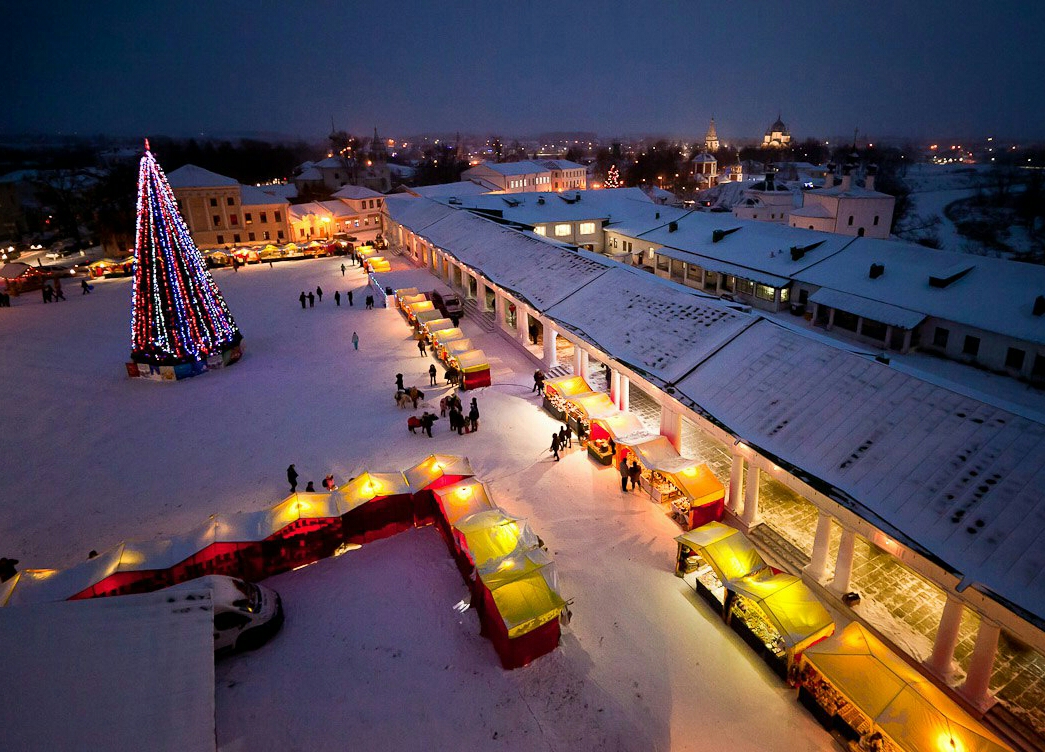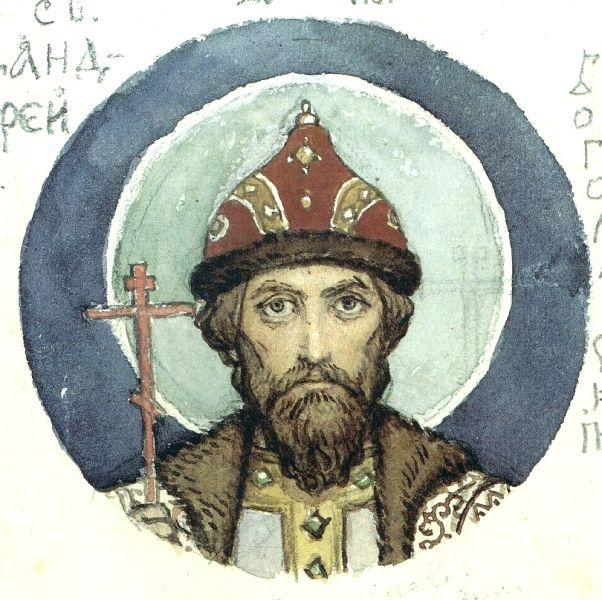|
Yuri Dolgoruky
Yuri I Vladimirovich ( rus, Юрий Владимирович, Yuriy Vladimirovich), commonly known as Yuri Dolgorukiy or the Long Arm ( rus, Юрий Долгорукий, Yuriy Dolgorukiy, meaning "Far-Reaching", c. 109915 May 1157) was a Rurikid prince. Noted for successfully curbing the privileges of the landowning ''boyar'' class in Rostov-Suzdal and his ambitious building programme, Yuri transformed this principality into the independent power that would evolve into early modern Muscovy. Yuri spent much of his life in internecine strife with the other Rurikid princes for suzerainty over the Kievan Rus, which had been held by his father (Vladimir Monomakh) and his elder brother before him. Although he twice managed to hold Kiev (in September 1149 - April 1151, again in March 1155 - May 1157) and rule as Grand Prince of all Rus', his autocratic rule and perceived foreigner status made him unpopular with the powerful Kievan ''boyars,'' leading to his presumed poisoning an ... [...More Info...] [...Related Items...] OR: [Wikipedia] [Google] [Baidu] |
Grand Prince Of Kiev
The Grand Prince of Kiev (sometimes grand duke) was the title of the ruler of Kiev and the ruler of Kievan Rus' from the 10th to 13th centuries. In the 13th century, Kiev became an appanage principality first of the grand prince of Vladimir and the Mongol Golden Horde governors, and later was taken over by the Grand Duchy of Lithuania. Princes of Kiev Mythological rulers According to Slavophiles, Kyi ruled since 430, one of the dates attributed to the legendary founding of Kiev in 482, although that date relates to Kovin on the Danube in Serbia. Some historians speculate that Kyi was a Slavic prince of eastern Polans in the 6th century. Kyi's legacy along with Shchek's is mentioned in the Book of Veles, the authenticity of which, however, is disputed. Oleg, an apocryphal Kiev voivode, probably of Danish or Swedish origin, ruled under the overlordship of the Khazar Khaganate. Bravlin was a Varangian prince or chieftain, who led a Rus military expedition to devastate the C ... [...More Info...] [...Related Items...] OR: [Wikipedia] [Google] [Baidu] |
Kiev
Kyiv, also spelled Kiev, is the capital and most populous city of Ukraine. It is in north-central Ukraine along the Dnieper, Dnieper River. As of 1 January 2021, its population was 2,962,180, making Kyiv the List of European cities by population within city limits, seventh-most populous city in Europe. Kyiv is an important industrial, scientific, educational, and cultural center in Eastern Europe. It is home to many High tech, high-tech industries, higher education institutions, and historical landmarks. The city has an extensive system of Transport in Kyiv, public transport and infrastructure, including the Kyiv Metro. The city's name is said to derive from the name of Kyi, one of its four legendary founders. During History of Kyiv, its history, Kyiv, one of the oldest cities in Eastern Europe, passed through several stages of prominence and obscurity. The city probably existed as a commercial center as early as the 5th century. A Slavs, Slavic settlement on the great trade ... [...More Info...] [...Related Items...] OR: [Wikipedia] [Google] [Baidu] |
Suzdal
Suzdal ( rus, Суздаль, p=ˈsuzdəlʲ) is a town that serves as the administrative center of Suzdalsky District in Vladimir Oblast, Russia, which is located on the Kamenka River, north of the city of Vladimir. Vladimir is the administrative center of the surrounding oblast. As of the 2021 Census, its population was 9,286. Suzdal is one of the oldest Russian towns. In the 12th century, it became the capital of the principality, while Moscow was merely one of its subordinate settlements. Currently, Suzdal is the smallest of the Russian Golden Ring towns, but it has more than 40 historically important monuments and 200 architectural sites. Several of these sites are listed as UNESCO World Heritage Sites. History The town's history dates back probably to 999 or 1024, and in 1125 Yury Dolgoruky made Suzdal the capital of the Rostov-Suzdal principality. Suzdal began to function as a capital at the time when Moscow was still a cluster of cowsheds. In 1157, Andrei Bog ... [...More Info...] [...Related Items...] OR: [Wikipedia] [Google] [Baidu] |
Rostov
Rostov ( rus, Росто́в, p=rɐˈstof) is a town in Yaroslavl Oblast, Russia, one of the oldest in the country and a tourist center of the Golden Ring. It is located on the shores of Lake Nero, northeast of Moscow. Population: While the official name of the town is Rostov, it is popularly known to Russians as Rostov Veliky ( rus, Ростов Великий, ''Rostov the Great'') to distinguish it from the much larger city of Rostov-on-Don. The name of the town railway station is Rostov Yaroslavsky, due to its location in Yaroslavl Oblast. History Rostov was preceded by Sarskoye Gorodishche, which some scholars interpret as the capital of the Finnic Merya tribe. Others believe it was an important Viking trade enclave and fortress guarding the Volga trade route. It is known from Norse sources as Raðstofa. Scythians also settled there. These different ethnicities, such as the Vikings, Scyths, Slavs and Finns, were likely the ancestors of many of today's people in that ... [...More Info...] [...Related Items...] OR: [Wikipedia] [Google] [Baidu] |
Andrei Bogolyubskiy
Andrew I (died 28 June 1174), his Russian name in full, Andrey Yuryevich Bogolyubsky "Andrew made Vladimir the centre of the grand principality and placed a series of his relatives on the now secondary princely throne of Kiev. Later he also compelled Novgorod to accept a prince of his choice. In governing his realm, Andrew not only demanded that the subordinate princes obey him but also tried to reduce the traditional political powers of the boyars (i.e., the upper nobility) within his hereditary lands. In response, his embittered courtiers formed a conspiracy and killed him." (russian: Андрей Ю́рьевич Боголюбский, lit. Andrey Yuryevich of Bogolyubovo), was Grand prince of Vladimir-Suzdal from 1157 until his death. Andrey accompanied Yuri I Vladimirovich (Yury Dolgoruky), his father, on a conquest of Kiev, then led the devastation of the same city in 1169, and oversaw the elevation of Vladimir as the new capital of northeastern Rus'. He was canonized ... [...More Info...] [...Related Items...] OR: [Wikipedia] [Google] [Baidu] |
Primary Chronicle
The ''Tale of Bygone Years'' ( orv, Повѣсть времѧньныхъ лѣтъ, translit=Pověstĭ vremęnĭnyxŭ lětŭ; ; ; ; ), often known in English as the ''Rus' Primary Chronicle'', the ''Russian Primary Chronicle'', or simply the ''Primary Chronicle'', as well as also, after the author it has traditionally been ascribed to, '' Nestor's Chronicle'', is an Old East Slavic chronicle (letopis) of Kievan Rus' from about 850 to 1110, originally compiled in Kiev around 1113. The work’s name originates from the opening sentence of the text, which reads: “These are the narratives of bygone years regarding the origin of the land of Rus’ (Old East Slavic: Рѹсь), the first princes of Kyiv, and from what source the land of Rus’ had its beginning.” The work has long been considered to be a fundamental source in the interpretation of the history of the East Slavs. The ''Chronicle's'' content is known today from several surviving editions and codices that have been ... [...More Info...] [...Related Items...] OR: [Wikipedia] [Google] [Baidu] |

.jpg)



